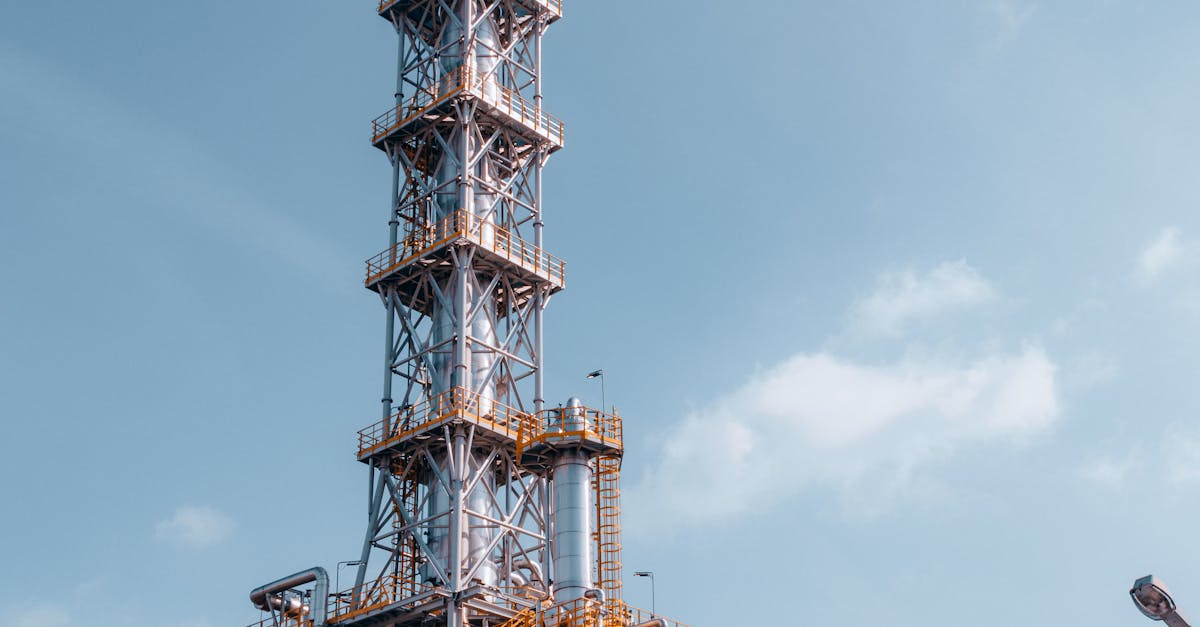A strong performer from today's afternoon trading session is National Grid, whose shares rose 1.4% to $59.93 per share. For those of you thinking about investing in the stock, here is a brief value analysis of the stock using the company's basic fundamental ratios.
an Increase in Expected Earnings Improves Its Value Outlook but Priced Beyond Its Margin of Safety:
National Grid plc transmits and distributes electricity and gas. The company belongs to the Utilities sector, which has an average price to earnings (P/E) ratio of 20.35 and an average price to book (P/B) ratio of 2.27. In contrast, National Grid has a trailing 12 month P/E ratio of 17.3 and a P/B ratio of 7.46.
National Grid's PEG ratio is 2.48, which shows that the stock is probably overvalued in terms of its estimated growth. For reference, a PEG ratio near or below 1 is a potential signal that a company is undervalued.
The Company May Be Profitable, but Its Balance Sheet Is Highly Leveraged:
| 2018 | 2019 | 2020 | 2021 | 2022 | 2023 | |
|---|---|---|---|---|---|---|
| Revenue (M) | $14,933 | $13,360 | $6,941 | $9,444 | $8,489 | $19,850 |
| Operating Margins | 19% | 17% | 21% | 24% | 23% | 23% |
| Net Margins | 10% | 9% | 7% | 13% | 13% | 12% |
| Net Income (M) | $1,514 | $1,265 | $475 | $1,256 | $1,129 | $2,291 |
| Net Interest Expense (M) | -$1,069 | -$966 | -$795 | -$624 | -$685 | -$1,464 |
| Depreciation & Amort. (M) | $1,725 | $1,435 | $840 | $932 | $1,021 | $2,061 |
| Diluted Shares (M) | 3,687 | 3,780 | 3,815 | 3,904 | 3,930 | 3,967 |
| Earnings Per Share | $0.44 | $0.36 | $0.13 | $0.34 | $0.3 | $0.62 |
| EPS Growth | n/a | -18.18% | -63.89% | 161.54% | -11.76% | 106.67% |
| Free Cash Flow (M) | $4,464 | $4,240 | $2,037 | $2,360 | $3,062 | $7,281 |
| Total Debt (M) | $24,258 | $26,722 | $27,483 | $39,387 | $42,106 | $42,213 |
| Net Debt / EBITDA | 5.22 | 7.18 | 11.72 | 12.34 | 13.93 | 6.37 |
| Current Ratio | 0.87 | 0.68 | 1.06 | 0.71 | 0.93 | 0.91 |
National Grid has generally positive cash flows, decent operating margins with a stable trend, and positive EPS growth. However, the firm suffers from not enough current assets to cover current liabilities because its current ratio is 0.91 and a highly leveraged balance sheet.


